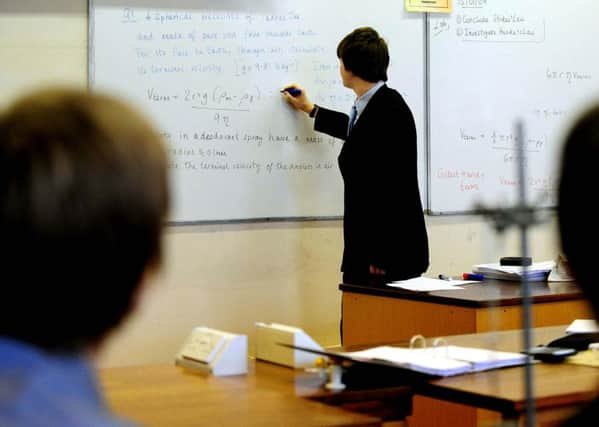YP Letters: Seeing bigger picture is key to creating a love of learning


IN reply to ‘The ingredients that put great schools to the test’ column by Libby Nicholas (The Yorkshire Post, October 7). There are ingredients that make great schools, teachers and children.
I was lucky enough to work at an ‘outstanding’ school under the guidance of a supportive headteacher who valued each and every member of staff for what they brought to the table. We were encouraged to experiment and find out what worked for the children in our care. We were not obsessed with tests, but we were encouraged to look at the bigger picture. This enabled our children to think, reflect and reason. It is not only children who need this ability but adults too.
Advertisement
Hide AdAdvertisement
Hide AdRecent educational research is now encouraging communication and collaboration and the development of ‘character building’ skills and positive ‘growth mindsets’. This is so important for children of all abilities as their health and wellbeing have a major effect on their performance.
As we all know, one size does not fit all so we must adapt and change to meet the challenge. How can we do this?
We can provide knowledge-heavy resources that promote active learning and true interactive communication. Through this communication, we promote the development of secure learning and social relationships.
Children, especially these days, need these relationships when problems occur. They need to communicate their feelings and anxieties freely to peers and adults alike. They need to feel this freedom to share so they can effectively overcome problems.
Advertisement
Hide AdAdvertisement
Hide AdTeachers, parents and children have had to take on board, as Libby commented, ‘major changes in education’. These major changes in our primary schools are systematic synthetic phonics and Shanghai maths mastery. These changes can cause stress to teachers, parents and children.
The Government has, within the curriculum above, given teachers and schools some freedom in the way in which they teach and resource the new phonics and maths curriculum. This freedom is good to see.
When teachers are free, the are inventive, enthusiastic and importantly effective. We need our children to learn but more importantly we need them to want to learn and become self motivated ‘lifelong learners’.
The saying ‘I see, I do, I understand’ rings as true today as it always has. Simple but so effective.